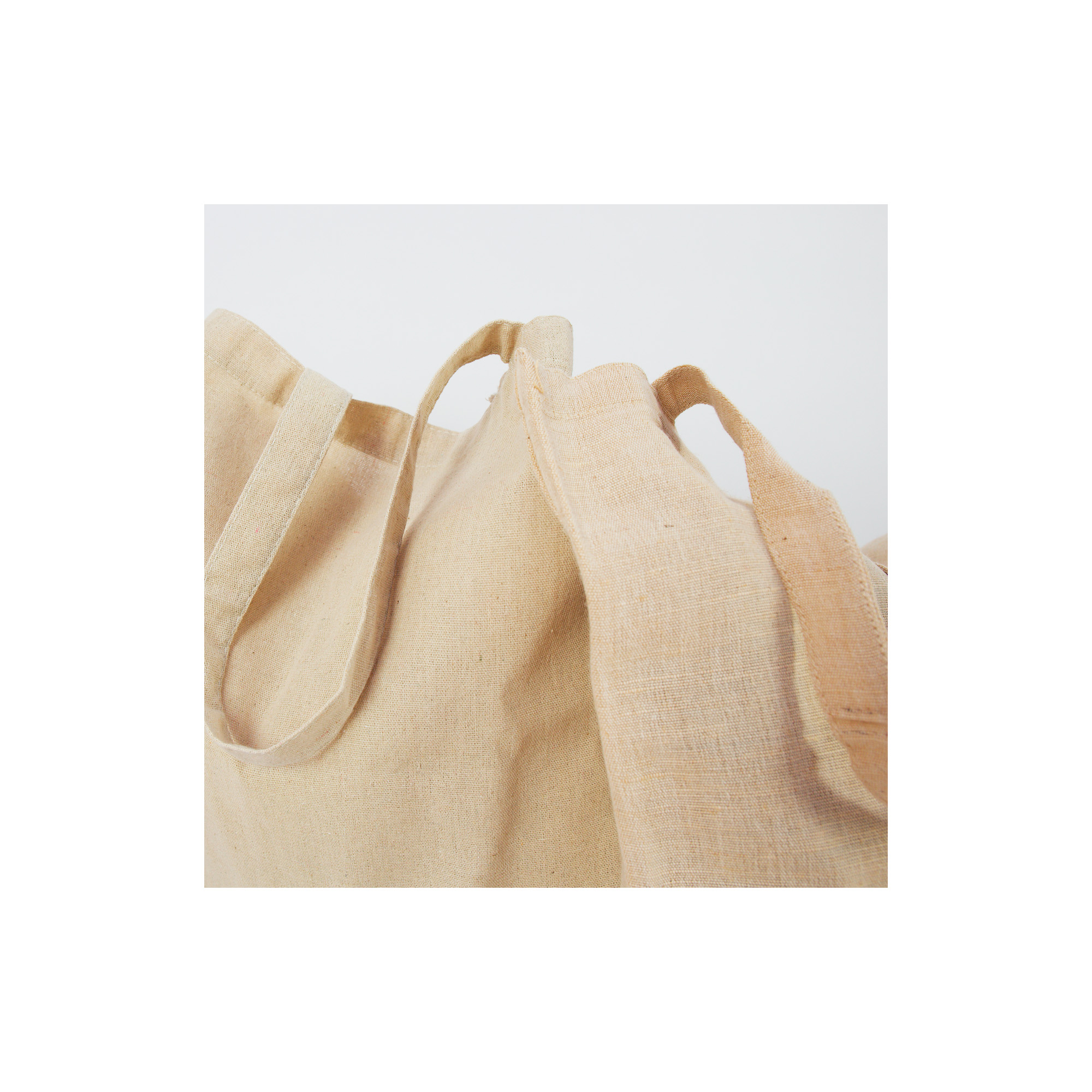Textile Labelling Requirements
Overview for Fabric Products
If you are placing textile products on the European market, there are legal requirements for how these items must be labelled. These are based on EU Regulation (EU) No. 1007/2011, alongside additional national rules in several countries.
To ensure your products are accepted across markets and avoid issues during sales, here are the key labelling elements to consider:

Obligation to Label the Fibre Composition
Which products must be labelled?
All products consisting of at least 80% textile fibres by weight must be labelled.
What must be included?
- The exact percentage of each fibre used
- Only official fibre names as listed in the EU regulation (e.g. cotton, polyester, wool)
Examples of correct labelling:
- 60% cotton, 40% polyester
- 100% wool
Not allowed:
- Vague terms like "blended fabric" or "synthetic"
- Promotional phrases like "pure cotton" or "real wool"

What You Should Know as a Customer
If you are selling textile products in the EU, it is your responsibility to ensure that all labelling is correct and compliant in your target markets. This includes:
- Stating fibre composition accurately
- Using the correct language(s) for each country
- Attaching the label securely to the product
- Including care, origin, and sizing details as needed
- Adding country-specific requirements like the Triman logo if applicable
We are happy to support you during production. Let us know where your products will be sold so we can help ensure your labels are correctly prepared.
Market-Specific Labelling: Languages and National Symbols
Textile labelling must be in the official language(s) of the country where the product is sold.
Using the incorrect language or omitting it may lead to legal consequences or products being rejected from the market.
If products are sold in multiple countries, we recommend using multilingual labels to ensure compliance in all sales regions.
For the French market, textile products must include the Triman logo and sorting instructions, in accordance with French Environmental Code and the AGEC law (Anti-Waste for a Circular Economy). This requirement applies to most consumer textiles and must appear clearly on the product or its packaging.
Where and How the Label Must Be Attached
- The label must be firmly attached to the product (e.g. sewn in, printed, or securely fixed)
- It must be durable and remain legible during normal use and after washing
- It must be visible and easy for the consumer to locate
- Information on packaging alone is not sufficient — the label must be directly attached to the product.
Optional but Recommended Information
While not legally required EU-wide, the following are strongly recommended:
- Care instructions (e.g. washing, drying, ironing – ideally using ISO 3758 symbols)
- Country of origin (e.g. Made in China, Made in Denmark) – must be accurate if used
- Size (for clothing, e.g. M, L, XL)
- Sustainability labels or certifications (e.g. GOTS)
- Triman logo and sorting instructions – required in France for certain textile products
Avoid promotional terms like “high quality” unless backed by official certification.
Responsibility for Labelling
- If you sell textile products under your own brand, you are responsible for ensuring that labels comply with legal requirements in each country where the product is sold.
- If you purchase custom-branded items from us, it is your responsibility to define which labelling is needed.
- We can assist with label production if you let us know where your products will be sold.
Penalties for Non-Compliance
Incorrect or missing labelling may result in:
- Fines (amounts vary by country)
- Warnings or legal complaints
- Removal of products from the market
Overview Table: Labelling Requirements
|
Requirement |
Mandatory? |
Details |
|
|---|---|---|---|
|
Fibre composition |
Yes |
Use percentages and approved fibre names |
|
|
Language |
Yes |
Must match official language(s) of each sales market |
|
|
Label attached to product |
Yes |
Sewn in, printed or securely fixed to product |
|
|
Care instructions |
recommended |
Use ISO 3758 symbols or simple text |
|
|
Country of origin |
recommended |
Must be accurate if included |
|
|
Size (for clothing) |
recommended |
e.g. S, M, L, XL |
|
|
Sustainability seals |
optional |
e.g. GOTS (certification may apply) |
|
|
Triman logo (France) |
Market-specific |
Required if sold in France |
|
|
Non-compliance |
Risk |
May lead to fines, product bans, or legal action |